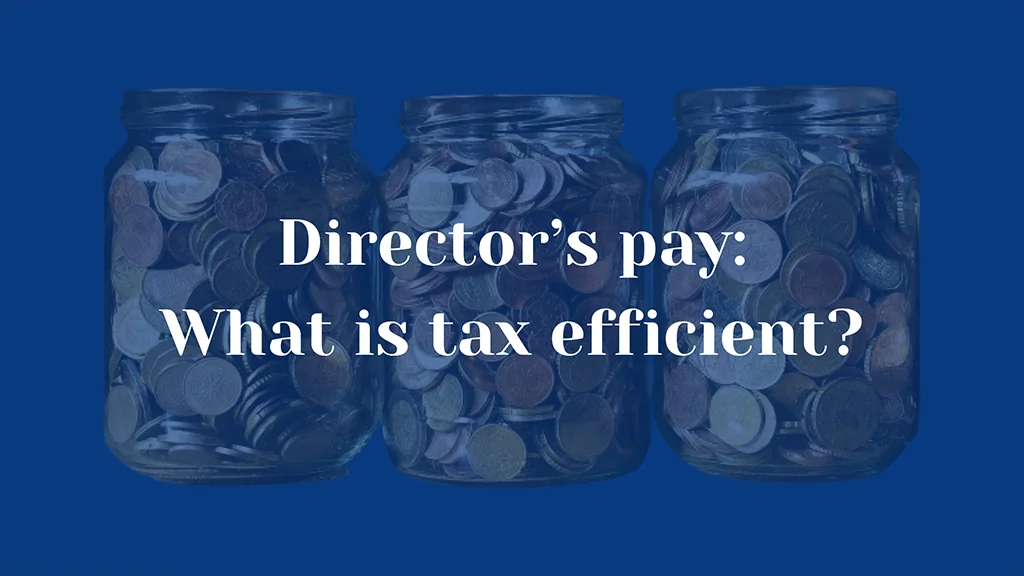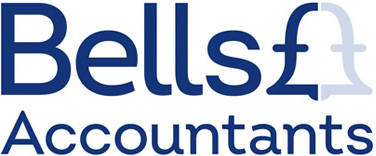
Owning a limited company gives you ‘director’ status. And that means you can take money out of the company in two ways.
As salary; this is paid through PAYE, as employment income, subject to Income Tax and National Insurance. It is an allowable business expense, reducing Corporation tax.
Through dividends, which are payments you make to shareholders from post-tax profits. They are taxed separately at dividend rates once received by you and are not an allowable business expense for Corporation Tax.
Unlike a salary, you only pay dividends if your company has sufficient post-tax profits. So, a new company running at a loss cannot issue dividends and an insolvent company cannot legally declare dividends.
The question is how much salary to take and how much in dividends?
Getting this wrong could lead to more cost and even reduce your state pension. Paying yourself a small salary with the remainder in dividends is usually the most tax efficient way forward.
However, taking money out of the company as dividends when there are no profits means the HMRC could reclassify it as a director’s loan or unlawful distribution, bringing extra tax charges and potentially personal liability. A good accountant will advise you on the best way to split your pay to best suit your circumstances.
Recording dividends as if they were salary, may mean you are liable for Employers’ and Employees’ NI plus PAYE tax you weren’t expecting.
From April 2025, National Insurance changed in the Budget, which means it is usually best to pay yourself a small salary plus dividends. Here’s why:
From 6 April 2025:
- Earnings above £5,000 per year (£416 per month) trigger 15% Employers’ National Insurance for the company
- You’ll need to earn at least £9,096 per year to get a qualifying year for your State Pension – note at this pension-qualifying level, Employers’ NI of £614 is due
We recommend paying yourself a salary higher than this, even though it means paying more NI because:
- Salary and Employers’ NI are both deductible for Corporation Tax purposes
- At £12,570 per year (£1,047 per month) salary, the Corporation Tax saving is between £2,604 and £3,631, depending on your company’s marginal rate
- After factoring in the extra NI cost, the net tax saving is up to £2,496
There is no personal tax payable on this salary level if your total taxable income is under £100,000 and you have no other employment income. To maximise tax efficiency in 2025/2026, we suggest drawing income up to the top of the Basic Rate tax band:
| Monthly | Annual | |
| SALARY | £1,047 | £12,564 |
| DIVIDENDS | £3,142 | £37,704 |
- Estimated total tax: £271.25 per month / £3,255 per year
- Net income: £3,917.75 per month / £47,013 per year
This assumes no other income (interest, rental income, etc.) is using up your Basic Rate band and that your company has enough post-tax profits to pay dividends at this level. Dividends above this will be taxed at 33.75% until your total taxable income hits £100,000.
If you claim R&D every year, you might consider a mix of salary and dividends, but don’t guess at the right mix for you, get some expert advice.
NI is calculated on a cumulative basis for the tax year. If your company has no other employees, the new Employers’ NI will first become payable around August 2025. This is because the first £5,000 of earnings is NI-free and gets used up over the first few months.
This means:- If you are used to no NI bills until the year-end, expect them to start mid-year
- Even small administrative changes, such as having to pay HMRC monthly, can trip up smaller companies who have not had to before
You cannot switch directors back and forth between salary-heavy years and dividend-heavy years without a longer-term plan. Dividends have to be paid in line with shareholdings – if you and a spouse each own 50% of the company, you’ll both receive 50% of any dividend declared.
If one of you has other income, such as employment, it could push them into a higher tax band. In those cases, the same dividend can end up costing one shareholder more tax than the other.
But there are ways to mitigate this, and an experienced tax planner will be able to advise you how to ensure you’re getting the most tax efficient pay.
The short version:
- Salary of £12,570 per year plus dividends up to the Basic Rate limit
- Keeping your salary above £9,096 protects your State Pension record
- Employers’ NI is payable, but Corporation Tax savings outweigh this
- Check you have enough post-tax profits before declaring dividends
- If you’re doing R&D, remember that only salary and pension contributions count towards your claim
- Only take dividends if your company has enough post-tax profits – losses or insolvency mean dividends are not an option
Other income, unusual profit patterns, or taking more than Basic Rate limit, can cause the calculations to change. Always check with your accountant first!
- Salary of £12,570 per year plus dividends up to the Basic Rate limit
- Keeping your salary above £9,096 protects your State Pension record
- Employers’ NI is payable, but Corporation Tax savings outweigh this
- Check you have enough post-tax profits before declaring dividends
- If you’re doing R&D, remember that only salary and pension contributions count towards your claim
- Only take dividends if your company has enough post-tax profits – losses or insolvency mean dividends are not an option


Anna Young is from Bells Accountants
She can be contacted on anna@bellsaccountants.co.uk or on 020 8850 0070

